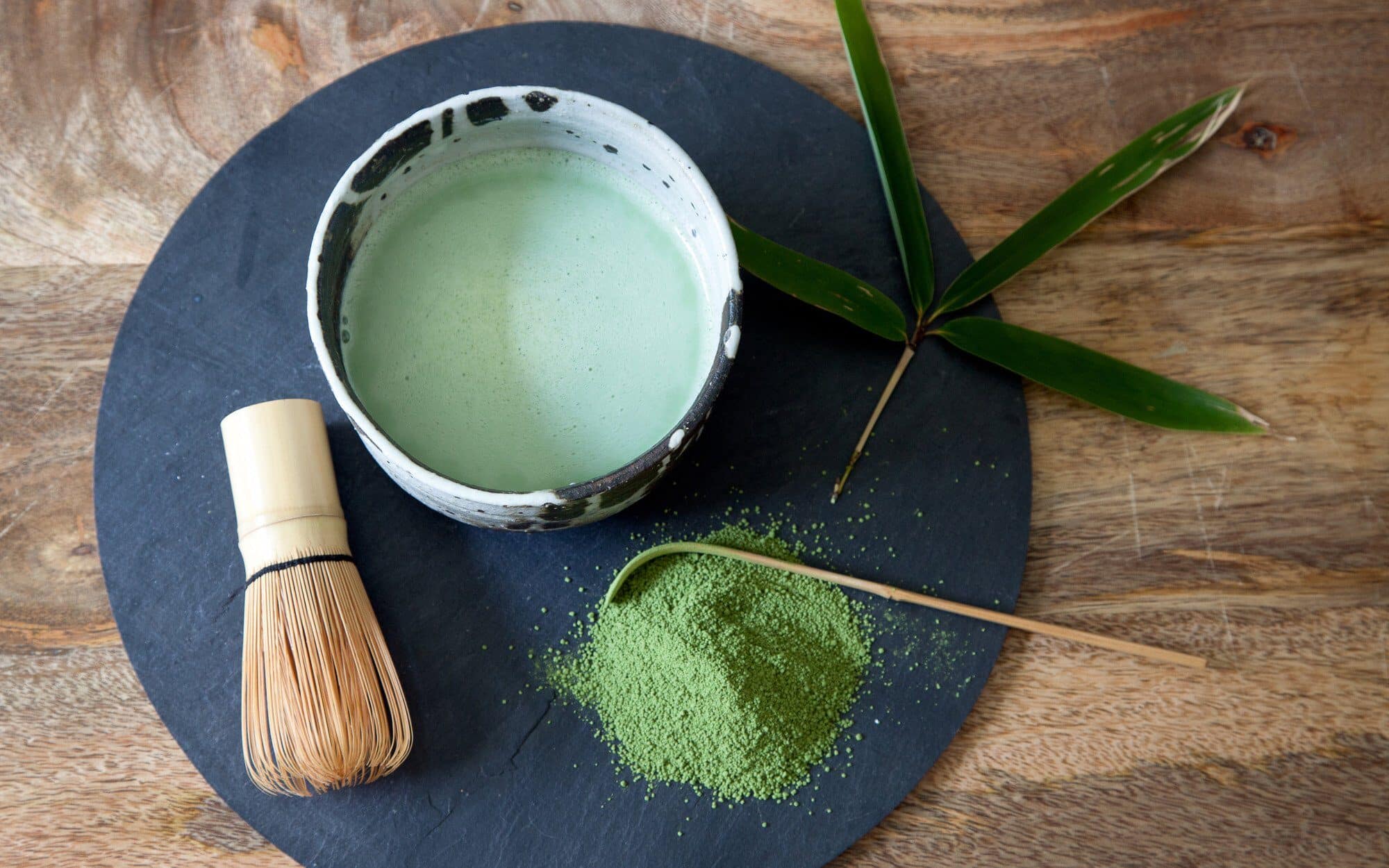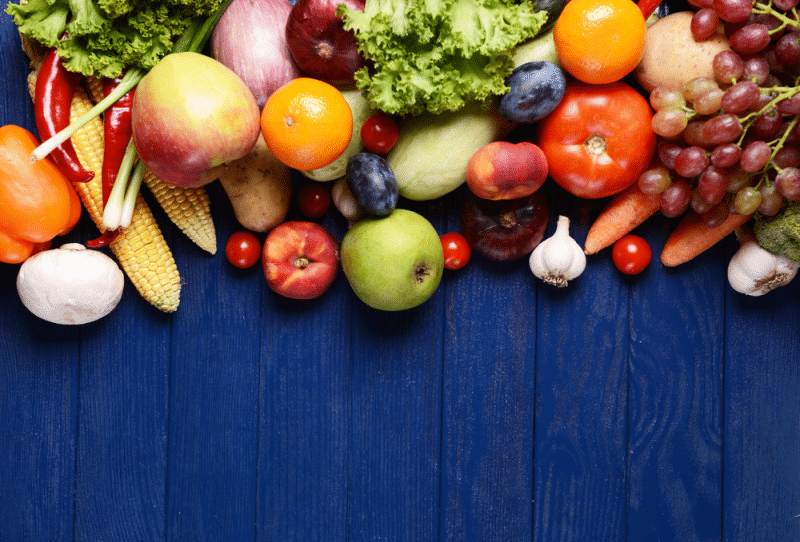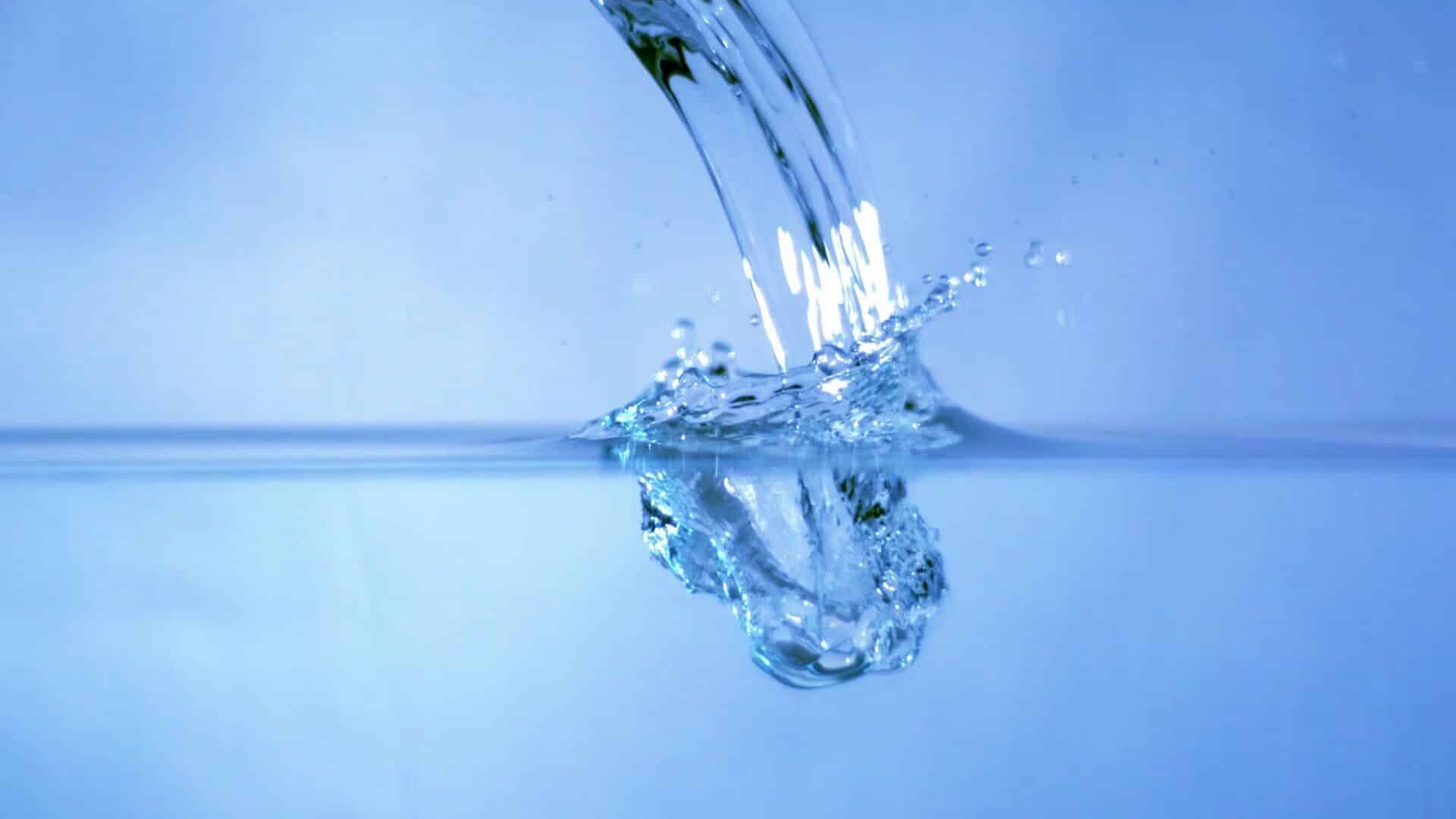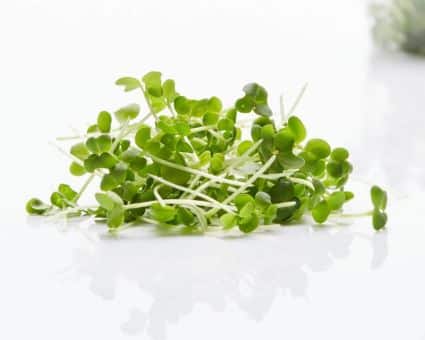
Author: Apeace
15 May Learn About… Kelp
Kelp makes the ocean look beautiful, creating underwater forests, but they're so much more than just plants that exist in the sea. Kelp, also known as seaweed, is brown algae seaweed. There are 30 different types in existence, and is believed to have existed anywhere from five to 23 million years ago.30 Apr Plant-Based Meats: The What, Why, How, Where, and When
For some vegans and vegetarians who gave up meat, a juicy burger is a faint memory of the past. While there are a number of vegetable patties widely available, not many brands have been able to perfectly mimic the way a meat burger tastes and...










